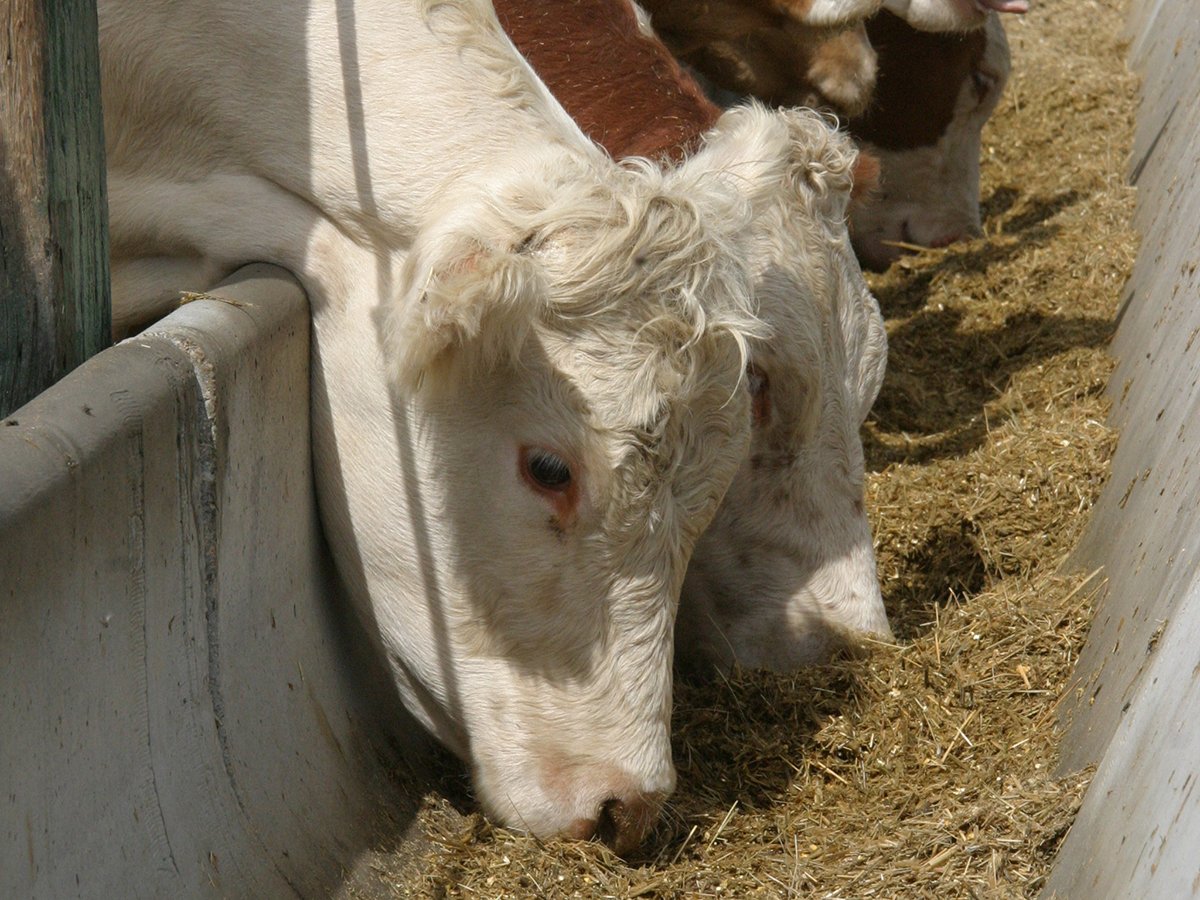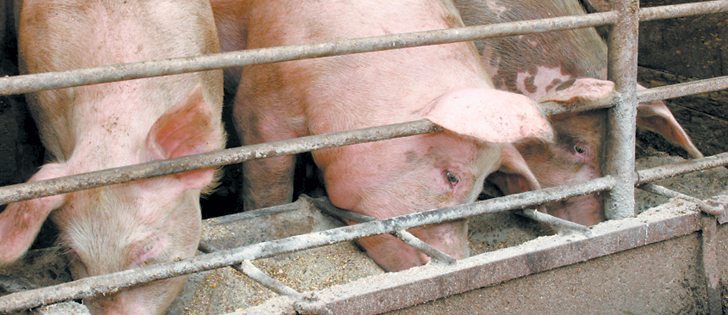Olymel, Maple Leaf able to export | Hog producers stopped using the drug to regain access to Russia
It’s been a year since Russia rattled the global hog industry by banning pork imports with ractopamine residues.
Many Canadian farmers continue to use the beta agonist, which increases feed efficiency and stimulates the rate of gain, but hog producers in Alberta and British Columbia have abandoned the drug, says Darcy Fitzgerald, executive director of Alberta Pork.
“As far as Alberta and B.C., it’s not being used and the plants don’t accept pigs that have it,” Fitzgerald said.
Russian buyers are now accepting ractopamine free pork from Alberta, he added.
Read Also

Alberta cattle loan guarantee program gets 50 per cent increase
Alberta government comes to aid of beef industry with 50 per cent increase to loan guarantee program to help producers.
“Olymel in Red Deer was relisted as a plant that can ship back to Russia.”
Fitzgerald said the Maple Leaf hog processing plant in Lethbridge also doesn’t accept hogs produced with ractopamine, which is marketed as Paylean.
Russia cited food safety concerns when it announced it would ban the import of beef, pork and turkey raised with ractopamine. However, meat industry observers have speculated the ban is a non-tariff trade barrier and possibly payback for U.S. criticism of Russian policies on human rights.
Canadian Pork Council spokesperson Gary Stordy said Canada’s hog industry responded quickly to the ban because Russia is the third largest buyer of Canadian pork. It exported $491 million worth pork to Russia last year, compared to $878 million to Japan and $981 million to the United States.
“There are processing plants that worked with their producers to basically remove or not use that product during production,” he said.
China also doesn’t permit the use of ractopamine, and the European Union doesn’t accept meat with ractopamine residues.
Two billion people live in those three markets, which is difficult for a pork-exporting nation like Canada to ignore, Stordy said.
“We (Canadian Pork Council) do let producers decide on how they raise their pigs, with or without this product, but we do suggest that it (be) an informed decision with the plant they ship or sell their animals to,” he said.
“Producers and processors and traders are adapting where they see fit…. Certainly in Alberta and B.C., they made those changes.”
The council worked with the Canadian Food Inspection Agency earlier this year to develop a ractopamine-free pork certification program, which ensures the drug isn’t present in any stage of the supply chain, from feed manufacturers to finishing barns to processing plants.
Stephane Beaudoin, regional market access manager for Elanco, the manufacturer of Paylean, said the use of ractopamine varies in Canada, depending on expectations of regional processors.
He said the Canadian government has defended ractopamine, arguing the scientific evidence shows it is safe. He added the government is taking a balanced approach. The feds needed to develop ractopamine-free protocols, through the CFIA, for producers and processors that want to sell into Russia and other markets.
Beaudoin said Elanco continues to engage the Russian government and regulatory authorities, regarding the ractopamine ban, but didn’t elaborate on the progress of those discussions.
Fitzgerald said the shift away from ractopamine wasn’t particularly painful for Alberta producers be-cause a significant percentage never used the growth stimulant.
“It was probably somewhere in around 50 percent that were using it.”
Of course, it hasn’t been as easy for hog operators who used ractopamine, Fitzgerald added
“I don’t think the producers that were using ractopamine, I can’t say they are all happy,” he said, although lower feed costs in recent months have smoothed the transition.
Alberta and B.C. producers may have ditched Paylean to secure market access, but a percentage of Manitoba hog farmers are sticking with the product.
Glen Gratton of Maple Leaf Agri Farms estimated that 50 percent of Manitoba’s hog producers continue to use the drug.
Maple Leaf uses ractopamine at some of its Manitoba barns.
“We would be on a50-50 split,” he said.
“A lot of our farms don’t use it because we’re doing RWA (raised without antibiotics) … that means there is no ractopamine.”
Gratton said Maple Leaf segregates RWA production at its Brandon processing plant. He doesn’t expect ractopamine to disappear.
“In North America, the U.S. is not taking out ractopamine at all, hardly.”
The chief executive officer of Smithfield Foods, which is the largest pork producer in the U.S., said this fall that the company was cutting its use of ractopamine.
Bloomberg reported that 40 percent of Smithfield’s products are now made without ractopamine.
















